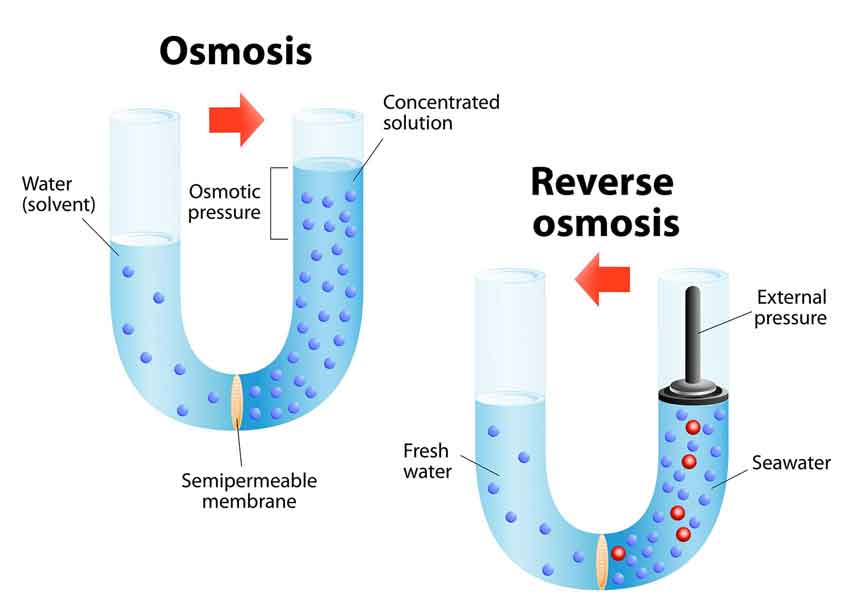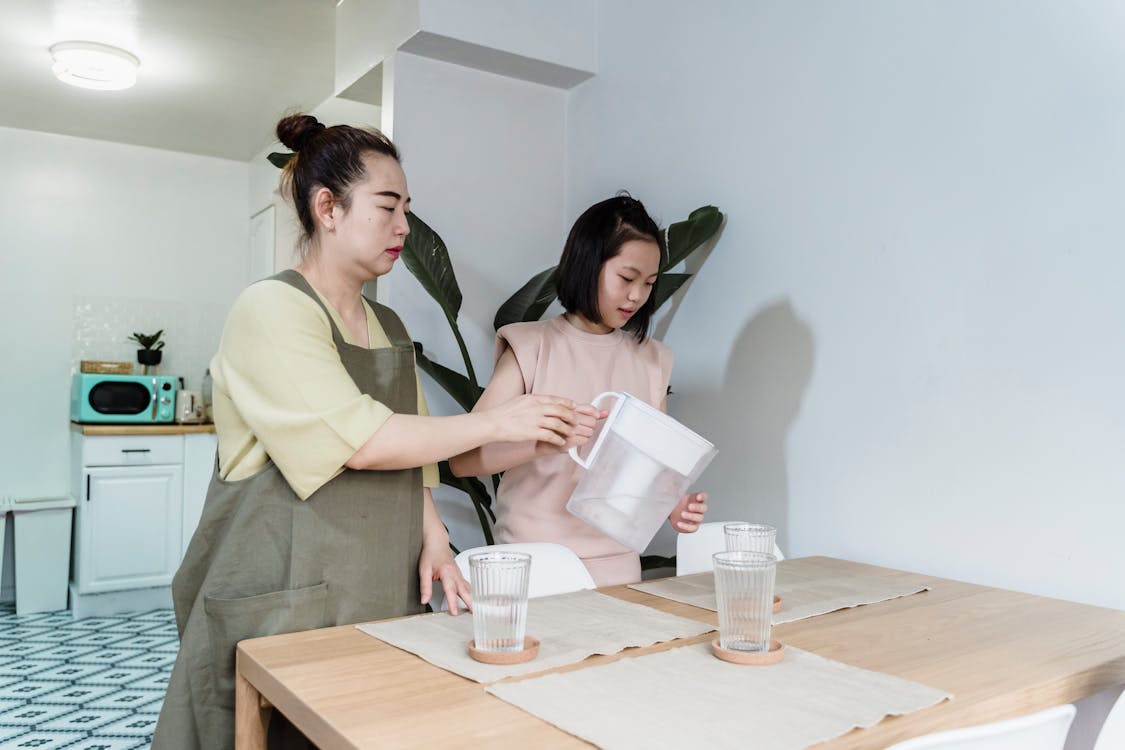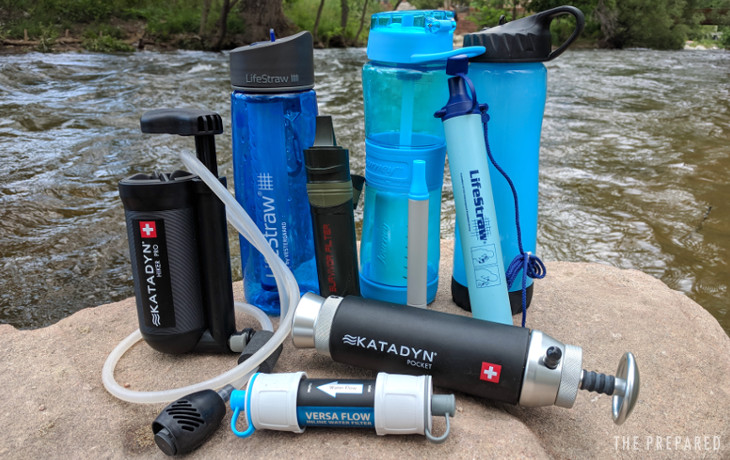DIY Water Filtration: Can You Build Your Own Filter

Introduction
Clean and safe drinking water is something we often take for granted. However, access to pure water isn’t guaranteed everywhere, and even in areas with municipal water supplies, concerns about water quality persist. This has led to a surge of interest in DIY water filtration systems, driven by the desire for clean water and the satisfaction of building something with your own hands.
Advantages of DIY Water Filtration
Cost-Effective
One of the most significant advantages of building your own water filter is cost-effectiveness. Commercial water filtration systems can be expensive, with prices ranging from hundreds to thousands of dollars. In contrast, a DIY system can be much more budget-friendly.
Imagine saving hundreds of dollars by creating your own water filter while still enjoying clean and safe water. The initial investment in materials may seem small compared to the long-term savings and peace of mind.
Customizability
DIY water filtration systems offer a high degree of customizability. When you build your own filter, you can tailor it to your specific needs. You have the flexibility to choose the filter media that suits your water source and the contaminants you want to remove. This level of customization is a significant advantage over off-the-shelf filters, which may not be optimized for your unique situation.
Sustainability
Building your own water filter can also be an eco-friendly choice. Many commercial filters are made of plastic components that contribute to plastic waste. In contrast, DIY filters can be constructed using sustainable and renewable materials, reducing your environmental footprint.
By taking a DIY approach, you not only ensure clean water for yourself but also contribute to a more sustainable future.
Challenges of DIY Water Filtration
Technical Complexity
While building a DIY water filter is a feasible project, it’s not without its challenges. You’ll need some basic plumbing skills to assemble the filter correctly. Dealing with pipes, connectors, and fittings can be intimidating for beginners, but with patience and guidance, it can be overcome.
Additionally, there’s always the possibility of leaks in your DIY filter system. Proper sealing and testing are essential to prevent water wastage and ensure the filter works effectively.
Quality Assurance
Ensuring that your DIY water filter effectively removes contaminants is critical. Unlike commercial filters that come with certifications and quality guarantees, DIY filters require careful monitoring and testing. Regular maintenance and water quality testing are essential to make sure your filter is performing as expected.
Materials Needed
Basic Components
To build your own water filter, you’ll need several basic components:
- Housing Unit: This is the container that holds the filter media and directs the water flow.
- Filter Media: Common options include activated carbon, sand, and gravel, which remove impurities and improve taste.
- Inlet and Outlet Connectors: These connectors allow water to enter and exit the filter.
Optional Enhancements
Depending on your requirements, you can enhance your DIY water filter with:
- UV Sterilization: This kills harmful microorganisms in the water.
- Sediment Pre-filter: A pre-filter removes larger particles before they reach the main filter.
- Pressure Gauge: This helps monitor the filter’s performance.
DIY Water Filtration Steps
Step 1: Design and Planning
Before you start building, you need to plan your DIY water filtration system:
- Determine your water source, whether it’s well water, river water, or tap water.
- Calculate the required flow rate and capacity based on your household’s water usage.
Step 2: Acquire Materials
Gather all the necessary components for your DIY water filter. Ensure that you choose quality materials that will withstand the test of time.
Step 3: Build the Housing
Assemble the housing unit following the manufacturer’s instructions. Make sure all connections are secure, and there are no potential leak points.
Step 4: Media Selection and Placement
Choose the appropriate filter media based on your water source and filtration goals. Layer the media effectively within the housing to maximize filtration efficiency.
Step 5: Connect Inlet and Outlet
Connect the inlet and outlet connectors to the housing unit. Ensure that water flows smoothly through the filter without any obstructions. Seal all connections to prevent leaks.
Step 6: Testing and Maintenance
Before relying on your DIY water filter for drinking water, test it for leaks and proper filtration. Regularly replace filter media and conduct water quality tests to ensure that your filter continues to provide clean and safe drinking water.
Conclusion
In conclusion, DIY water filtration is a viable and cost-effective option for individuals who are willing to invest some time and effort into ensuring clean and safe drinking water. While it does come with challenges and the need for ongoing maintenance and testing, the advantages of cost savings, customizability, and sustainability make it an attractive choice. By building your own water filter, you not only improve your water quality but also take a step towards reducing plastic waste and contributing to a more eco-friendly future.
FAQs (Frequently Asked Questions)
- How long does it take to build a DIY water filter? Building a DIY water filter can take anywhere from a few hours to a couple of days, depending on your experience and complexity of the system.
- Is DIY water filtration as effective as commercial systems? DIY water filtration can be just as effective as commercial systems when properly designed, built, and maintained.
- What are the common contaminants that DIY water filters can remove? DIY water filters can effectively remove contaminants such as sediment, chlorine, heavy metals, and some microorganisms, depending on the filter media used.
- Can I use my DIY water filter for well water or groundwater sources? Yes, DIY water filters can be customized to address specific water sources, including well water and groundwater.
- Is it necessary to conduct water quality tests regularly with a DIY filter? Yes, regular water quality testing is essential to ensure that your DIY water filter continues to provide safe and clean drinking water.
Reg











